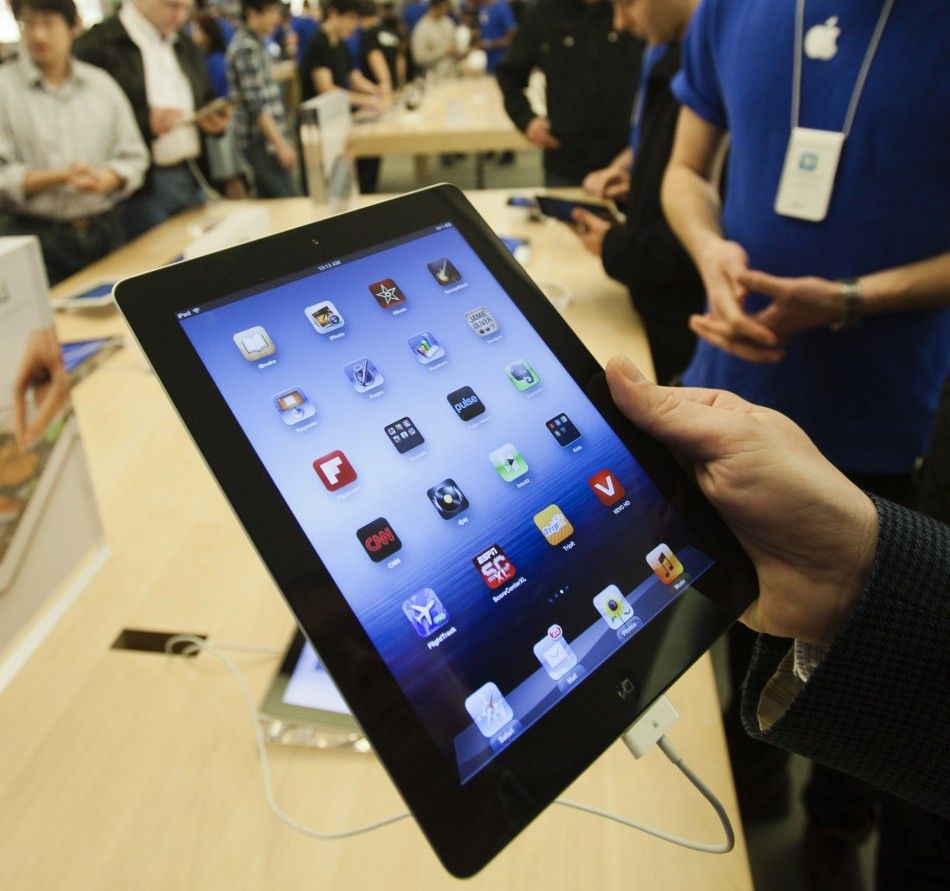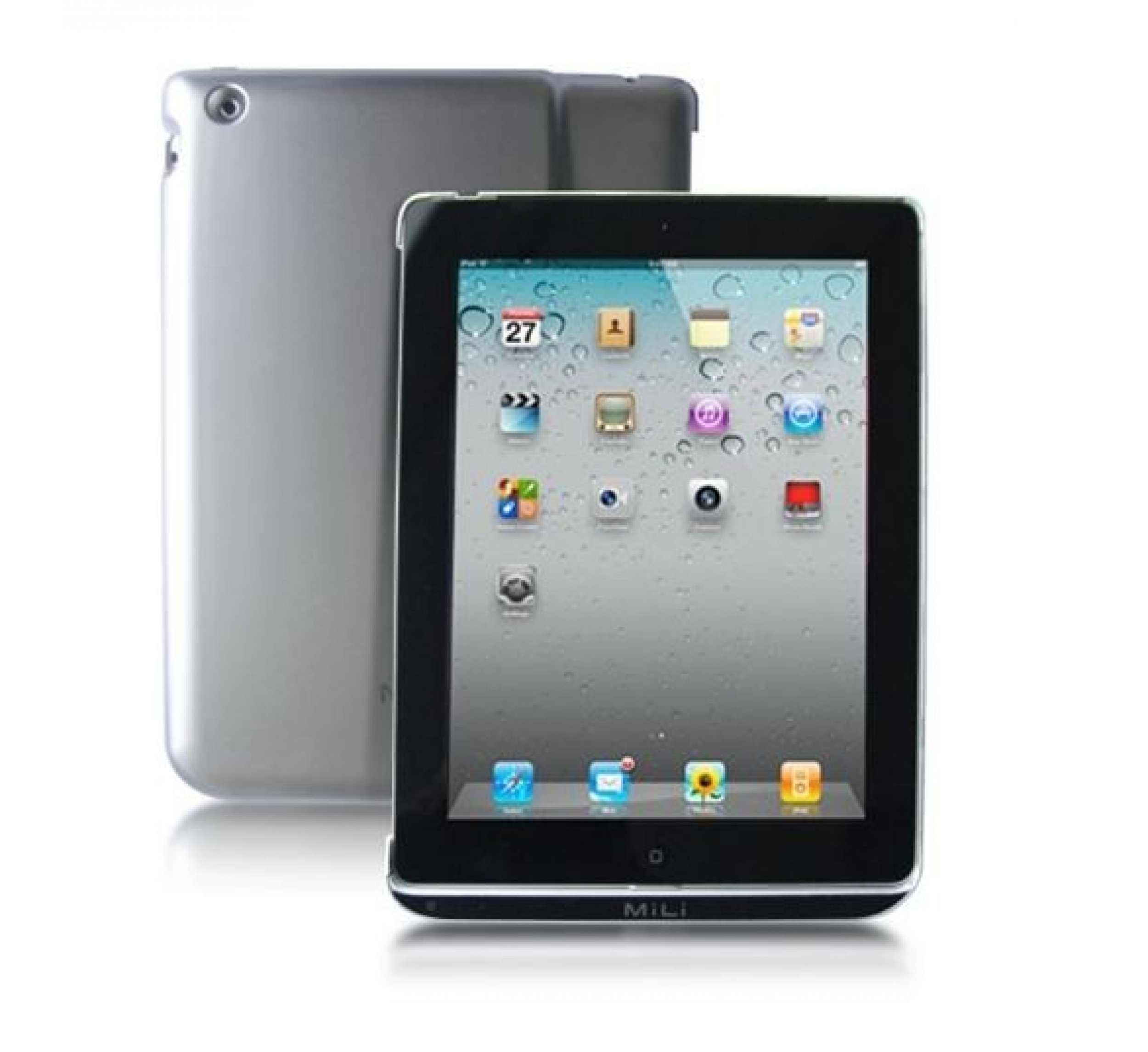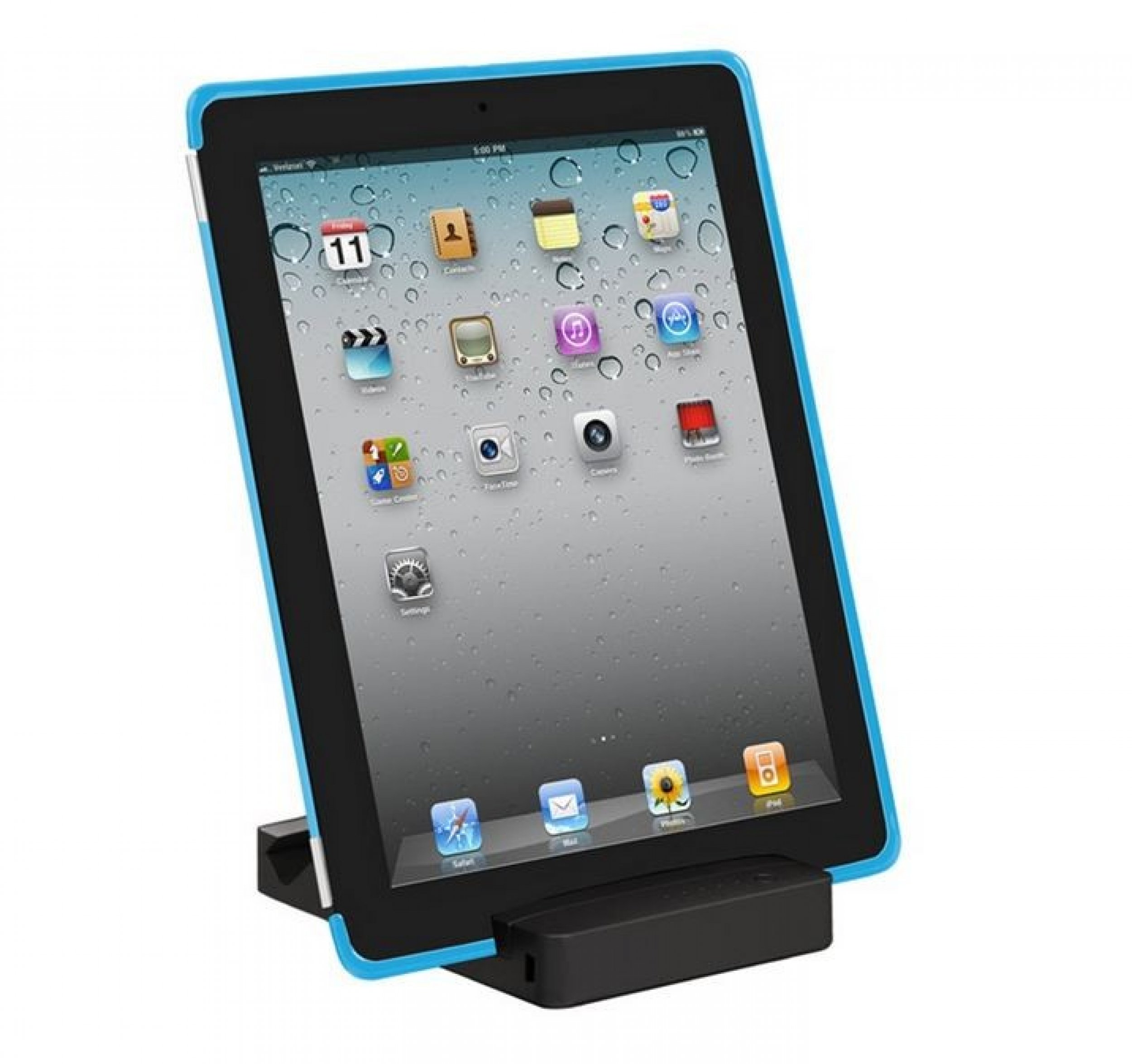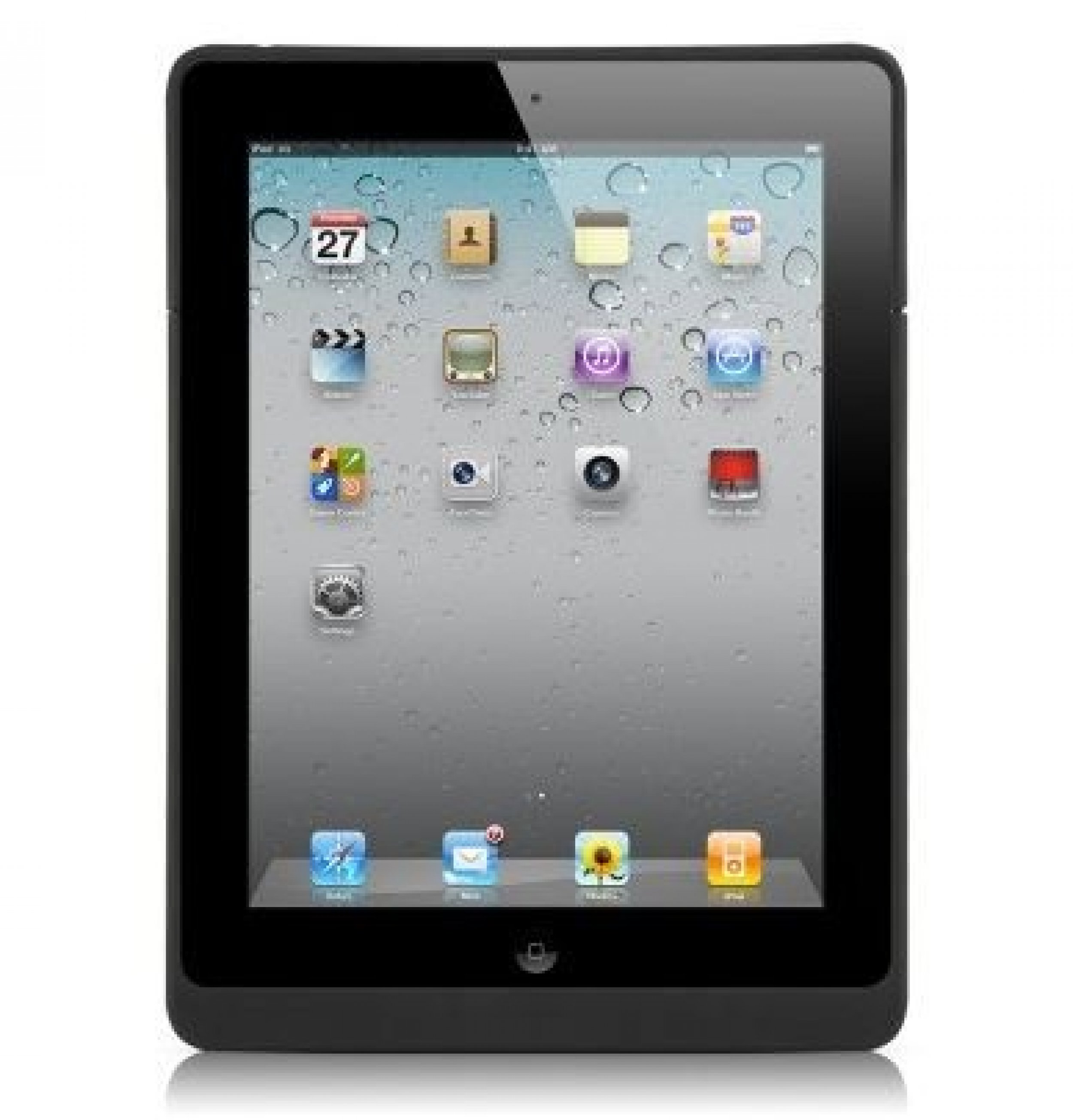Apple New iPad '3' Release: Cases, Accessories That Extend Battery Life
Since its release on March 16, the new iPad has been breaking sales records left and right. Owners, critics and analysts rave about the gorgeous Retina Display, the high-speeds of 4G LTE, and the improved 5-megapixel iSight camera. But to power all of these new features and maintain a solid 10 hours of battery life, Apple upgraded the iPad 2's rechargeable lithium-ion battery and made it substantially bigger -- about 70 percent. While Apple managed to maintain the same 10-hour battery life as the iPad 2, there are still issues with the battery.
The battery drips at a regular pace, but the most disturbing part of the new iPad is that it sucks up battery life even as it's plugged into a power source. Users (myself included) enjoy using iDevices when they're plugged in because they know that when they need to get up and go, their iPhone or iPad will be fully charged for the road. But with the new iPad, if you want a full charge before you go anywhere, you need to plug it into a power source and leave it alone.
With such a powerful device, you'd really like the iPad to live long and prosper. The battery issue is troubling, and one that is hopefully fixed in future devices, but what can current owners do now?
Thankfully, there are a handful of manufacturers that have built cases for the new iPad that not only protect the tablets from harm, but also charge them in the process. Some batteries can extend the iPad's life between five and 15 hours, which is incredibly impressive. Check out the slideshow to learn about the power cases.
About The New iPad
The new iPad features an improved camera, a bigger battery, and a dual-LED backlit system that powers an 2048 x 1536 true HD Retina Display that displays 3.1 million total pixels. The display features 44 percent greater saturation of colors than its predecessor. Apple's dual-LED solution makes the iPad's screen noticeably brighter, but it also apparently solved several puzzling issues with heat dissipation and battery consumption.
Better yet, third-party developers won't need to alter their apps to accommodate the iPad's Retina Display. Apple will scale up existing apps to high-resolution thankfully, but developers can still write new apps to better showcase the Retina Display.
The new iPad runs on a A5X chip, which uses quad-core graphics to power the high-definition images found in the brilliant Retina Display. Apple also managed to conserve 10 hours of battery life in the new iPad, including 9 hours on 4G.
The new iPad is also the first Apple iOS device to feature the high-speed 4G LTE network. AT&T and Verizon Wireless are getting ready to sell an LTE-capable iPad, which could achieve faster download and upload speeds compared to 3G technologies.
Furthermore, the new iPad can act as a personal hotspot, which can host up to five devices. The iPad is also 3G world ready, meaning the user can roam around the world and pick up 3G with no problems.
Apple originally hoped to include LTE in the iPhone 4S, but the current implementations of LTE in phones created very short battery life, which was a major complaint by users. Apple CEO Tim Cook, in a company earnings conference call in April 2011, said first-generation LTE chipsets force a lot of design compromises. Fortunately, Qualcomm recently unveiled the fifth iteration of its new chip, which supports TD-SCDMA, TD-LTE, HSPA+, EV-DO, embedded GPS, and LTE on TDD and FDD networks worldwide.
Apple also upgraded the iPad 2's rear camera for better photos. The new iSight camera features 5-megapixels on the backside, and includes face detection, white balance, and an infrared filter with advanced optics. And, of course, Apple outfitted the new iPad with auto-focus, video stabilization and full 1080p HD video recording.
What do you think of the new iPad? Will you try out any of these rechargeable cases and stands? Let us know in the comments section below.





© Copyright IBTimes 2025. All rights reserved.






















